 Image 1 of 8
Image 1 of 8

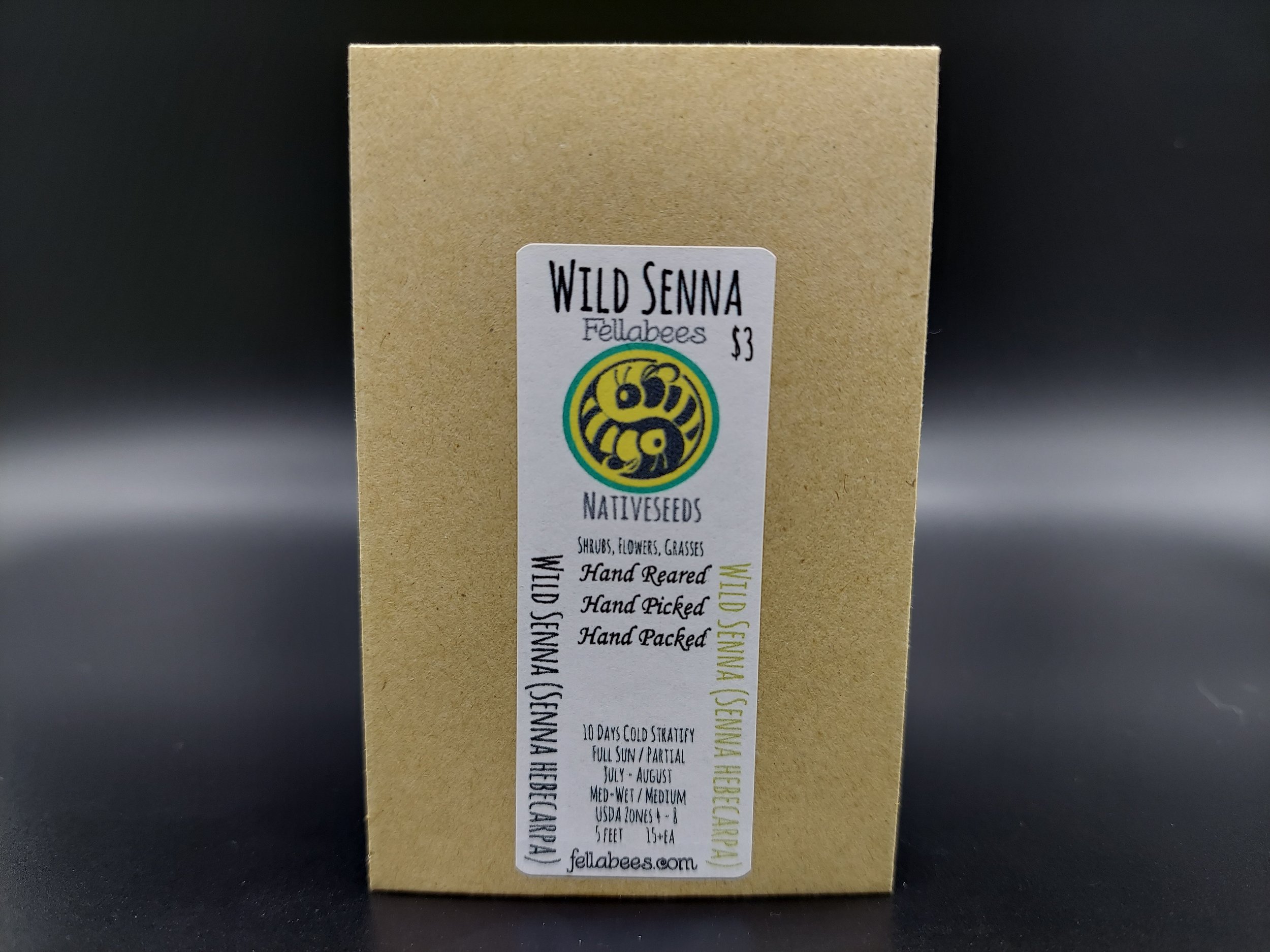 Image 2 of 8
Image 2 of 8

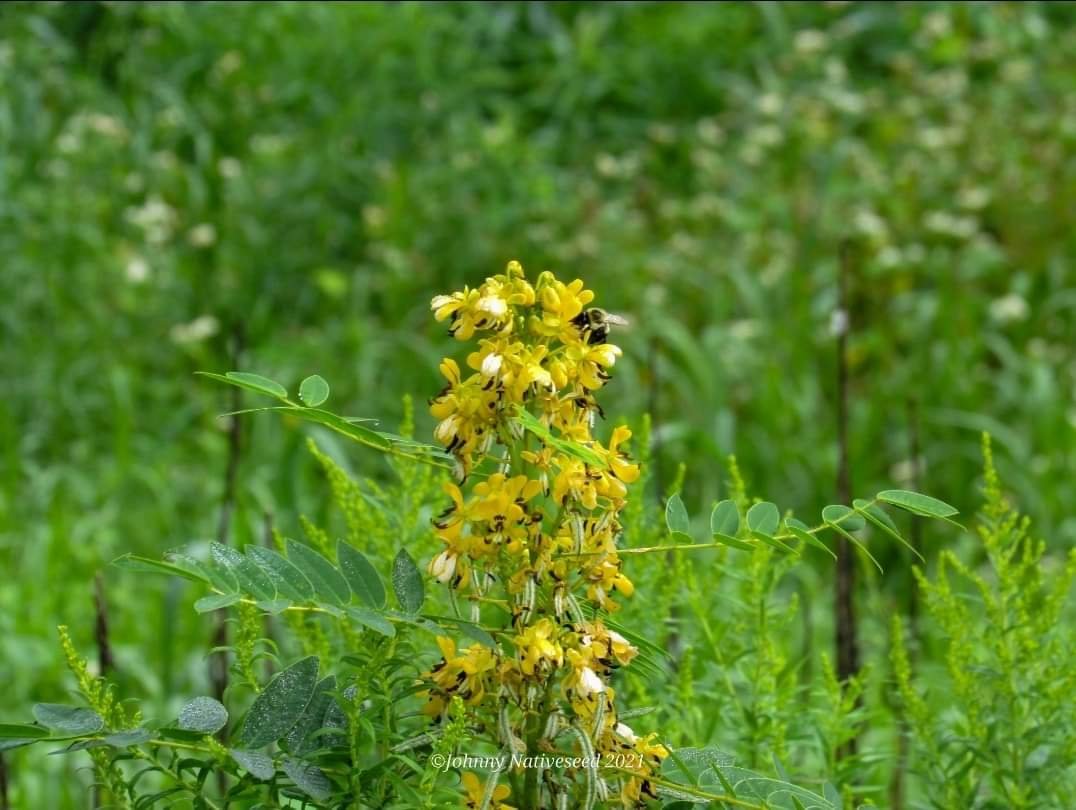 Image 3 of 8
Image 3 of 8

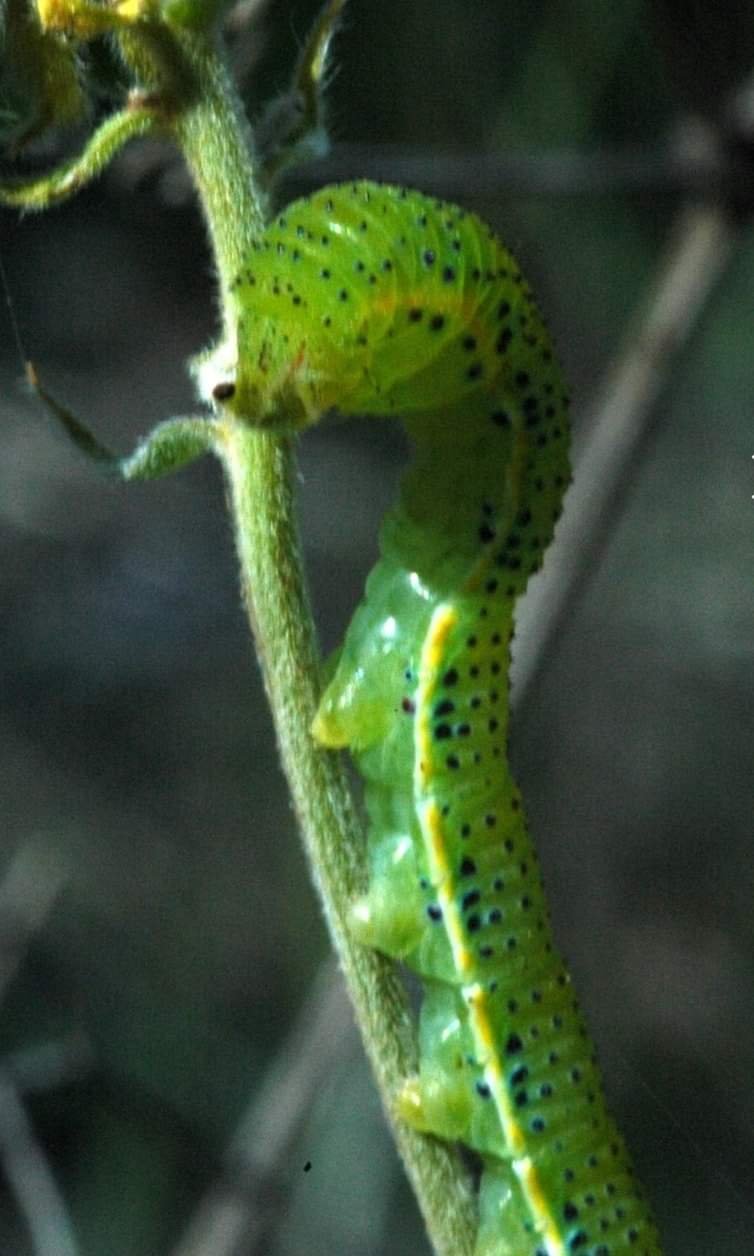 Image 4 of 8
Image 4 of 8

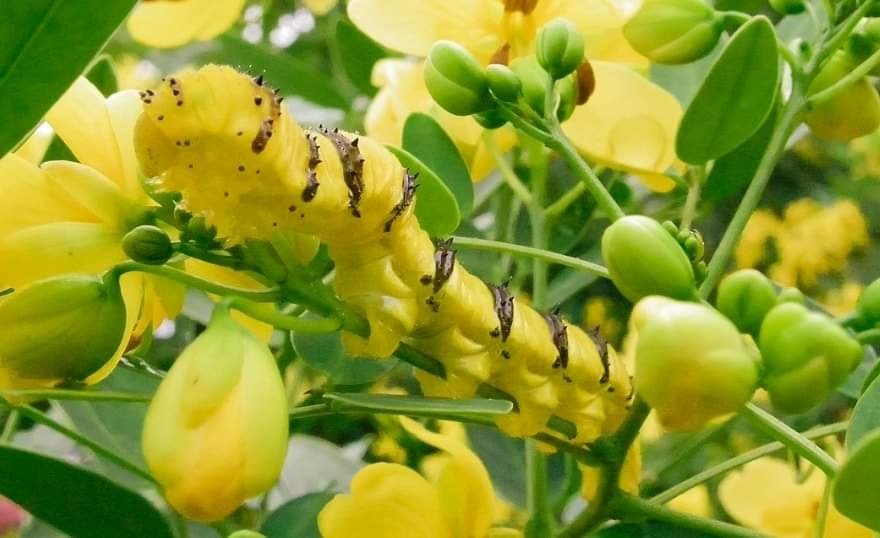 Image 5 of 8
Image 5 of 8

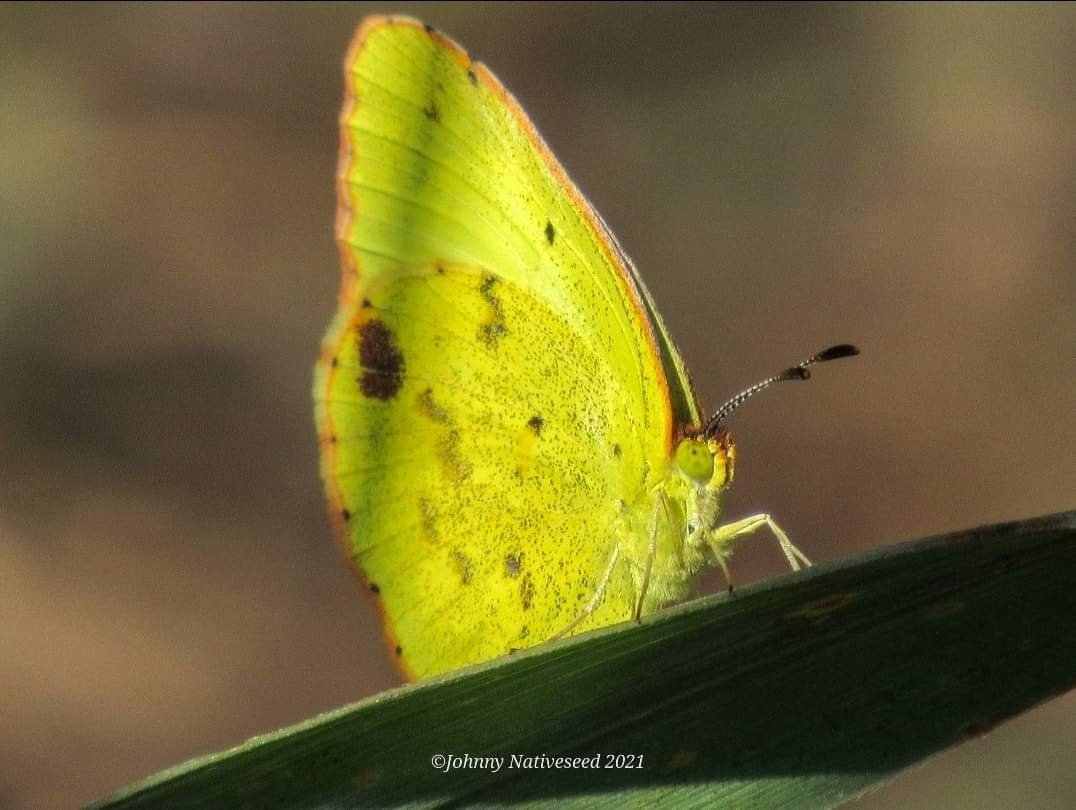 Image 6 of 8
Image 6 of 8

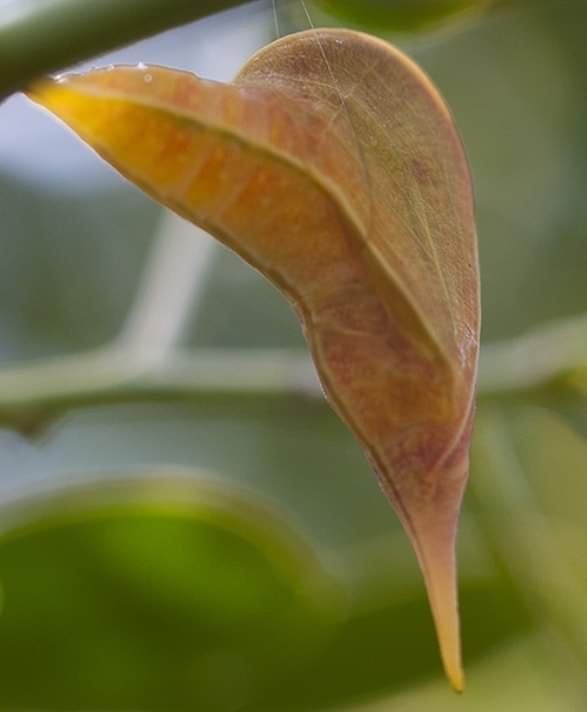 Image 7 of 8
Image 7 of 8

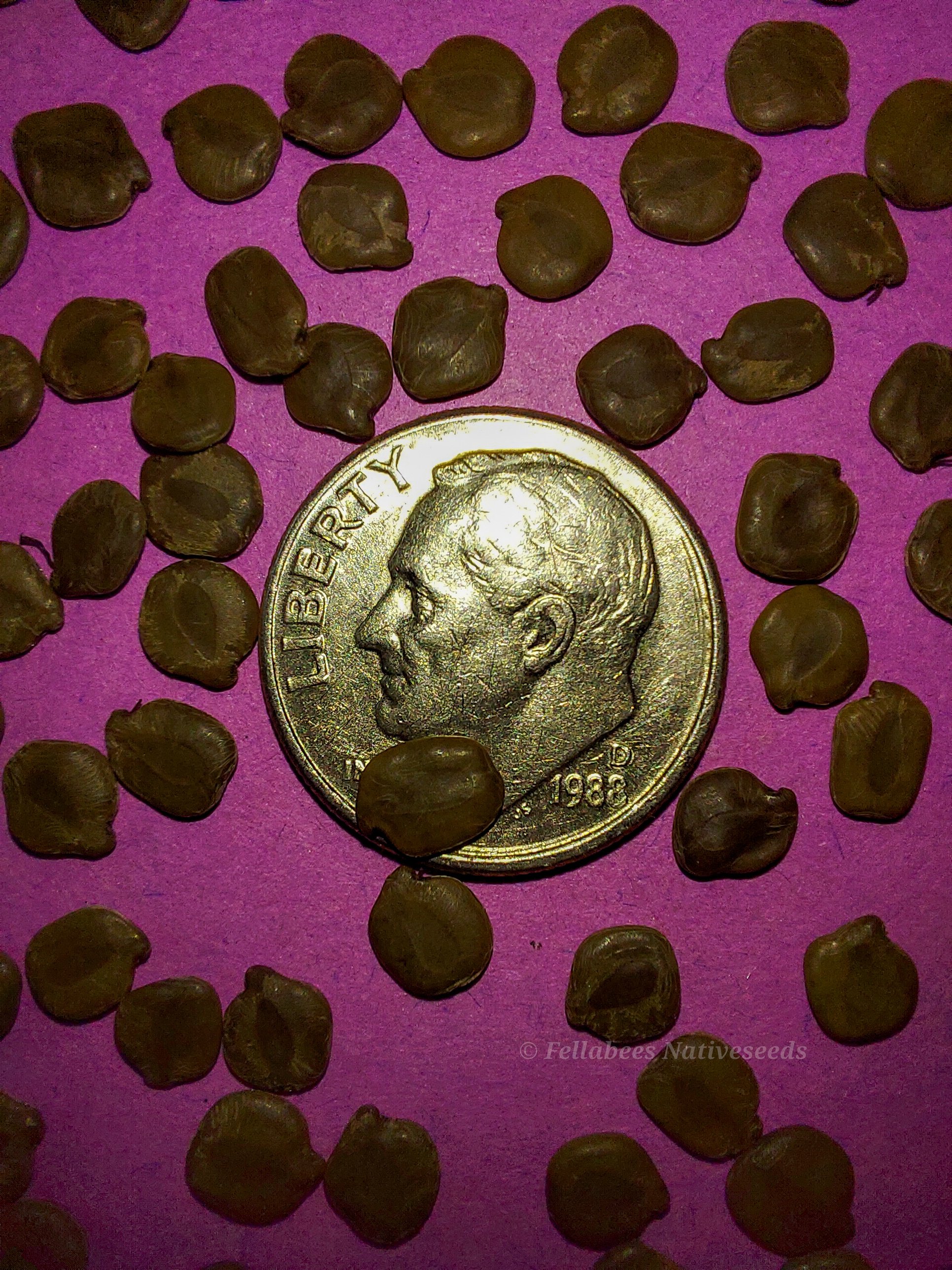 Image 8 of 8
Image 8 of 8









Wild Senna (Senna hebecarpa)
Wild Senna (Senna hebecarpa)
Senna hebecarpa, with the common names of Wild Senna, and American Senna is a species of legume is native to Midwestern and eastern North America.
This plant is found from the Great Lakes region and Maine southwards through the Eastern United States, in the Appalachian Mountains, the Atlantic Plains, and all the way south to Georgia.
Wild Senna prefers either full sun to partial shade and moist soil conditions with a pH of 6.8-7.2.
Wild Senna is one of the primary larval hosts and is a supreme nectar source for the Cloudless Giant Sulphur (Phoebis sennae) Butterfly!
The other host plants can be Partridge pea (Chamaecrista cinerea), and to a lesser extent, Clovers (Trifolium), or other legumes (Fabaceae) (Pea Family)
The adult butterfly nectar on many different flowers with long tubes beside Wild Senna including Cordia (Borage Family), Bougainvillea (Four O'clock Family), Cardinal Flower (Lobelia cardinalis), Hibiscus (Mallow Family), Lantana (Verbena Family), and Wild Morning Glory (The vast Convolvulaceae Family).
The caterpillar of the Cloudless Giant Sulfer will form a leaf shaped chrysalis that is pointed at both ends and humped in the middle. The chrysalis will appear to be either yellow or green with pink or green stripes, depending on the timing of the season. Emerging from the chrysalis comes a medium-sized butterfly ranging in sizes around 2.2–2.8 inches with somewhat elongated but not nearly angled wings.
Wild Senna is also famous for its special value to many species of native bees.
Wild Sennas conspicuous yellow flowers appear fairly close to the stem and though they are only briefly in bloom, they are repeatedly visited by a great number of bees, such as solitary bees, and bumble bees.
Bumble Bees became the focus of a 2016 study by researchers at Penn State, who found that bumble bees preferentially visit flowers that produce pollen that has higher protein-to-lipid ratios, and Wild Senna was the top favorite for Bumble Bees amongst the plants used in that study.
While considered ecologically safe as a whole, Wild Senna is listed as critically endangered in Massachusetts and New Hampshire, it is threatened in Vermont, listed as historical in Rhode Island, and is considered to be threatened in Connecticut.
In gardening modernity, Senna hebecarpa has been cultivated mostly as an ornamental plant, for its use as a perennial wildflower and as a flowering shrub in traditional and native gardens, in natural landscaping projects, but it is probably best known for its importance in habitat restoration projects.
This plant is considered present but rare in several counties of the states of Wisconsin, Vermont, Massachusetts, Connecticut, North Carolina, South Carolina, Georgia, and Alabama. It is also listed as extirpated (locally extinct) in several counties of the states of New Hampshire and Rhode Island
Plant Details
USDA Zones: 4-8
Germination Needs: Seed needs scarification before, (Rub seeds between medium grit sandpaper to aerate the seed surface without crushing or opening the seed) 10 Days Cold Stratification,
Life Cycle: Perennial
Sun Exposure: Full to Partial
Soil Moisture: Medium-Wet, Medium
Plant Spacing: 2 feet
Height: 5 feet
Bloom time: July, August
Bloom Color: Yellow
Advantages :
Pollinator Favorite: butterflies, moths, bees, wasps, beetles
Bird Favorite: seeds, insects, fruit, nectar, nesting, perchs.
Native to or present in: Wisconsin, Iowa, Illinois, Indiana, Michigan, Ohio, Pennsylvania, New York, Vermont, New Hampshire, Massachusetts, Rhode Island, Connecticut, New Jersey, Delaware, Maryland, West Virginia, Virginia, Kentucky, Tennessee, North Carolina, South Carolina, Georgia, and Alabama.
.
.
Packet quantities:
We pride ourselves on ethical, hands on, ecological management, using no mechanical or chemical methods whatsoever.
All of our native seed is hand reared, hand picked, and hand packed from native prairies under our exclusive management, never breaking chain of custody from the field until it is sent to you. Each packet is hand prepared for shipment by us, directly.
Small seed species will contain greater than 20-25 seed
Large seed species will contain greater than 10-15 seed
It is our mission to spread the wealth of native plant and pollinator ecological sustainability, and educate back yard gardeners as well as cooperate and government entities in how to germinate, grow, and benefit from native synergies.
Thank you for your support, it is because of you, that we can grow together to do, what we do.🐛🦋🐝🐞🌾🌱🌼🧡
Wild Senna (Senna hebecarpa)
Senna hebecarpa, with the common names of Wild Senna, and American Senna is a species of legume is native to Midwestern and eastern North America.
This plant is found from the Great Lakes region and Maine southwards through the Eastern United States, in the Appalachian Mountains, the Atlantic Plains, and all the way south to Georgia.
Wild Senna prefers either full sun to partial shade and moist soil conditions with a pH of 6.8-7.2.
Wild Senna is one of the primary larval hosts and is a supreme nectar source for the Cloudless Giant Sulphur (Phoebis sennae) Butterfly!
The other host plants can be Partridge pea (Chamaecrista cinerea), and to a lesser extent, Clovers (Trifolium), or other legumes (Fabaceae) (Pea Family)
The adult butterfly nectar on many different flowers with long tubes beside Wild Senna including Cordia (Borage Family), Bougainvillea (Four O'clock Family), Cardinal Flower (Lobelia cardinalis), Hibiscus (Mallow Family), Lantana (Verbena Family), and Wild Morning Glory (The vast Convolvulaceae Family).
The caterpillar of the Cloudless Giant Sulfer will form a leaf shaped chrysalis that is pointed at both ends and humped in the middle. The chrysalis will appear to be either yellow or green with pink or green stripes, depending on the timing of the season. Emerging from the chrysalis comes a medium-sized butterfly ranging in sizes around 2.2–2.8 inches with somewhat elongated but not nearly angled wings.
Wild Senna is also famous for its special value to many species of native bees.
Wild Sennas conspicuous yellow flowers appear fairly close to the stem and though they are only briefly in bloom, they are repeatedly visited by a great number of bees, such as solitary bees, and bumble bees.
Bumble Bees became the focus of a 2016 study by researchers at Penn State, who found that bumble bees preferentially visit flowers that produce pollen that has higher protein-to-lipid ratios, and Wild Senna was the top favorite for Bumble Bees amongst the plants used in that study.
While considered ecologically safe as a whole, Wild Senna is listed as critically endangered in Massachusetts and New Hampshire, it is threatened in Vermont, listed as historical in Rhode Island, and is considered to be threatened in Connecticut.
In gardening modernity, Senna hebecarpa has been cultivated mostly as an ornamental plant, for its use as a perennial wildflower and as a flowering shrub in traditional and native gardens, in natural landscaping projects, but it is probably best known for its importance in habitat restoration projects.
This plant is considered present but rare in several counties of the states of Wisconsin, Vermont, Massachusetts, Connecticut, North Carolina, South Carolina, Georgia, and Alabama. It is also listed as extirpated (locally extinct) in several counties of the states of New Hampshire and Rhode Island
Plant Details
USDA Zones: 4-8
Germination Needs: Seed needs scarification before, (Rub seeds between medium grit sandpaper to aerate the seed surface without crushing or opening the seed) 10 Days Cold Stratification,
Life Cycle: Perennial
Sun Exposure: Full to Partial
Soil Moisture: Medium-Wet, Medium
Plant Spacing: 2 feet
Height: 5 feet
Bloom time: July, August
Bloom Color: Yellow
Advantages :
Pollinator Favorite: butterflies, moths, bees, wasps, beetles
Bird Favorite: seeds, insects, fruit, nectar, nesting, perchs.
Native to or present in: Wisconsin, Iowa, Illinois, Indiana, Michigan, Ohio, Pennsylvania, New York, Vermont, New Hampshire, Massachusetts, Rhode Island, Connecticut, New Jersey, Delaware, Maryland, West Virginia, Virginia, Kentucky, Tennessee, North Carolina, South Carolina, Georgia, and Alabama.
.
.
Packet quantities:
We pride ourselves on ethical, hands on, ecological management, using no mechanical or chemical methods whatsoever.
All of our native seed is hand reared, hand picked, and hand packed from native prairies under our exclusive management, never breaking chain of custody from the field until it is sent to you. Each packet is hand prepared for shipment by us, directly.
Small seed species will contain greater than 20-25 seed
Large seed species will contain greater than 10-15 seed
It is our mission to spread the wealth of native plant and pollinator ecological sustainability, and educate back yard gardeners as well as cooperate and government entities in how to germinate, grow, and benefit from native synergies.
Thank you for your support, it is because of you, that we can grow together to do, what we do.🐛🦋🐝🐞🌾🌱🌼🧡
Wild Senna (Senna hebecarpa)
Senna hebecarpa, with the common names of Wild Senna, and American Senna is a species of legume is native to Midwestern and eastern North America.
This plant is found from the Great Lakes region and Maine southwards through the Eastern United States, in the Appalachian Mountains, the Atlantic Plains, and all the way south to Georgia.
Wild Senna prefers either full sun to partial shade and moist soil conditions with a pH of 6.8-7.2.
Wild Senna is one of the primary larval hosts and is a supreme nectar source for the Cloudless Giant Sulphur (Phoebis sennae) Butterfly!
The other host plants can be Partridge pea (Chamaecrista cinerea), and to a lesser extent, Clovers (Trifolium), or other legumes (Fabaceae) (Pea Family)
The adult butterfly nectar on many different flowers with long tubes beside Wild Senna including Cordia (Borage Family), Bougainvillea (Four O'clock Family), Cardinal Flower (Lobelia cardinalis), Hibiscus (Mallow Family), Lantana (Verbena Family), and Wild Morning Glory (The vast Convolvulaceae Family).
The caterpillar of the Cloudless Giant Sulfer will form a leaf shaped chrysalis that is pointed at both ends and humped in the middle. The chrysalis will appear to be either yellow or green with pink or green stripes, depending on the timing of the season. Emerging from the chrysalis comes a medium-sized butterfly ranging in sizes around 2.2–2.8 inches with somewhat elongated but not nearly angled wings.
Wild Senna is also famous for its special value to many species of native bees.
Wild Sennas conspicuous yellow flowers appear fairly close to the stem and though they are only briefly in bloom, they are repeatedly visited by a great number of bees, such as solitary bees, and bumble bees.
Bumble Bees became the focus of a 2016 study by researchers at Penn State, who found that bumble bees preferentially visit flowers that produce pollen that has higher protein-to-lipid ratios, and Wild Senna was the top favorite for Bumble Bees amongst the plants used in that study.
While considered ecologically safe as a whole, Wild Senna is listed as critically endangered in Massachusetts and New Hampshire, it is threatened in Vermont, listed as historical in Rhode Island, and is considered to be threatened in Connecticut.
In gardening modernity, Senna hebecarpa has been cultivated mostly as an ornamental plant, for its use as a perennial wildflower and as a flowering shrub in traditional and native gardens, in natural landscaping projects, but it is probably best known for its importance in habitat restoration projects.
This plant is considered present but rare in several counties of the states of Wisconsin, Vermont, Massachusetts, Connecticut, North Carolina, South Carolina, Georgia, and Alabama. It is also listed as extirpated (locally extinct) in several counties of the states of New Hampshire and Rhode Island
Plant Details
USDA Zones: 4-8
Germination Needs: Seed needs scarification before, (Rub seeds between medium grit sandpaper to aerate the seed surface without crushing or opening the seed) 10 Days Cold Stratification,
Life Cycle: Perennial
Sun Exposure: Full to Partial
Soil Moisture: Medium-Wet, Medium
Plant Spacing: 2 feet
Height: 5 feet
Bloom time: July, August
Bloom Color: Yellow
Advantages :
Pollinator Favorite: butterflies, moths, bees, wasps, beetles
Bird Favorite: seeds, insects, fruit, nectar, nesting, perchs.
Native to or present in: Wisconsin, Iowa, Illinois, Indiana, Michigan, Ohio, Pennsylvania, New York, Vermont, New Hampshire, Massachusetts, Rhode Island, Connecticut, New Jersey, Delaware, Maryland, West Virginia, Virginia, Kentucky, Tennessee, North Carolina, South Carolina, Georgia, and Alabama.
.
.
Packet quantities:
We pride ourselves on ethical, hands on, ecological management, using no mechanical or chemical methods whatsoever.
All of our native seed is hand reared, hand picked, and hand packed from native prairies under our exclusive management, never breaking chain of custody from the field until it is sent to you. Each packet is hand prepared for shipment by us, directly.
Small seed species will contain greater than 20-25 seed
Large seed species will contain greater than 10-15 seed
It is our mission to spread the wealth of native plant and pollinator ecological sustainability, and educate back yard gardeners as well as cooperate and government entities in how to germinate, grow, and benefit from native synergies.
Thank you for your support, it is because of you, that we can grow together to do, what we do.🐛🦋🐝🐞🌾🌱🌼🧡
